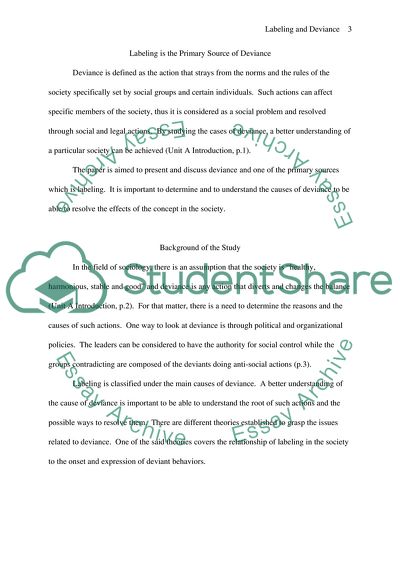Cite this document
(Labeling Is the Primary Source of Deviance Case Study, n.d.)
Labeling Is the Primary Source of Deviance Case Study. https://studentshare.org/sociology/1745491-labeling-is-the-primary-source-of-deviance
Labeling Is the Primary Source of Deviance Case Study. https://studentshare.org/sociology/1745491-labeling-is-the-primary-source-of-deviance
(Labeling Is the Primary Source of Deviance Case Study)
Labeling Is the Primary Source of Deviance Case Study. https://studentshare.org/sociology/1745491-labeling-is-the-primary-source-of-deviance.
Labeling Is the Primary Source of Deviance Case Study. https://studentshare.org/sociology/1745491-labeling-is-the-primary-source-of-deviance.
“Labeling Is the Primary Source of Deviance Case Study”. https://studentshare.org/sociology/1745491-labeling-is-the-primary-source-of-deviance.


